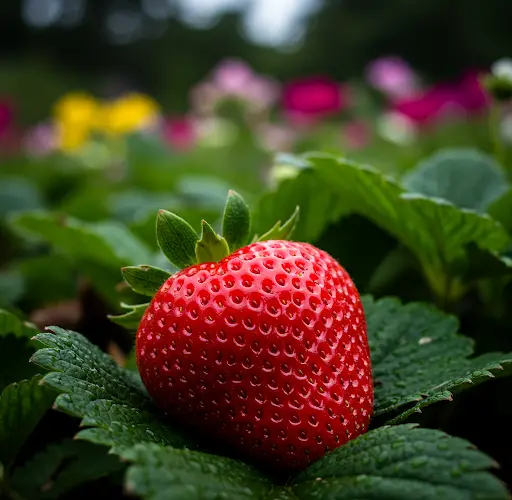How to Properly Fertilize Raspberries for a Bountiful Harvest
For a thriving raspberry crop with large, juicy berries, proper fertilization is essential. Raspberries are highly demanding when it comes to nutrients, and skipping fertilization—especially in spring—can significantly reduce their yield. However, with the right approach, you can boost fruit production and ensure healthy, vigorous plants.
Fortunately, there’s an easy and effective way to fertilize raspberries using simple ingredients. This method not only enhances fruit yield but also repels pests and helps prevent plant diseases. Additionally, it promotes photosynthesis, accelerates foliage growth, and strengthens flowering, all of which contribute to a robust harvest.
The Best Natural Fertilizer for Raspberries
This organic fertilizer is eco-friendly, simple to prepare, and highly effective. It works by providing essential nutrients that encourage healthy growth while naturally deterring harmful insects and fungal infections.
How to Prepare and Apply the Fertilizer:
- Ammonia Solution: Take 2 tablespoons of ammonia (ammonium hydroxide) and dissolve it in a 10-liter bucket of water.
- Watering: Pour approximately 5 liters of this solution under each raspberry bush. This provides a quick nitrogen boost, stimulating leaf and stem development.
- Ash Application: After watering, sprinkle half a cup of wood ash around the base of each plant. Wood ash is rich in potassium, calcium, and phosphorus, which contribute to fruit development and overall plant health.
- Mulching: To retain moisture and suppress weeds, apply a layer of mulch around the base of the plants. Straw, dried leaves, or compost work well for this purpose.
When to Apply Fertilizer
For the best results, fertilize raspberries three times per season:
- Early Spring: Right after the snow melts and temperatures consistently reach around 10°C (50°F).
- After Flowering: To support fruit development and strengthen the plant.
- Late Summer or Early Fall: To help the plants store nutrients for the next growing season.
Additional Tips for a Healthy Raspberry Patch
- Pruning: Regularly remove weak or excess canes to improve air circulation and allow the plant to focus energy on producing fruit.
- Proper Spacing: Ensure sufficient spacing between plants to prevent overcrowding and reduce the risk of disease.
- Adequate Watering: Raspberries need consistent moisture, especially during flowering and fruit development. Water deeply at least once a week, or more frequently in dry conditions.
- Soil Enrichment: Incorporate compost or well-rotted manure into the soil before planting to improve fertility and drainage.
By following these simple yet effective steps, you’ll ensure that your raspberry plants thrive and produce an abundant harvest of delicious berries year after year. Proper fertilization, along with good gardening practices, will keep your plants healthy, productive, and resistant to common pests and diseases.



